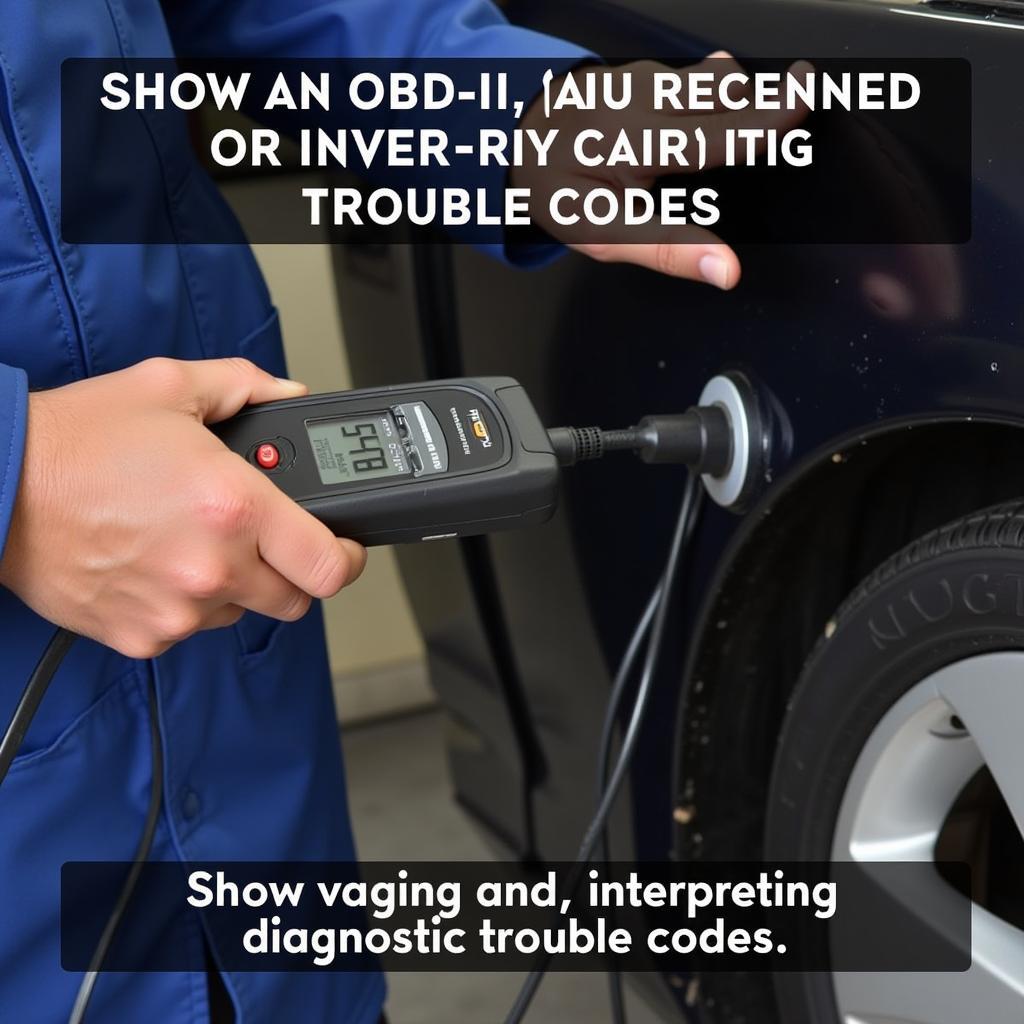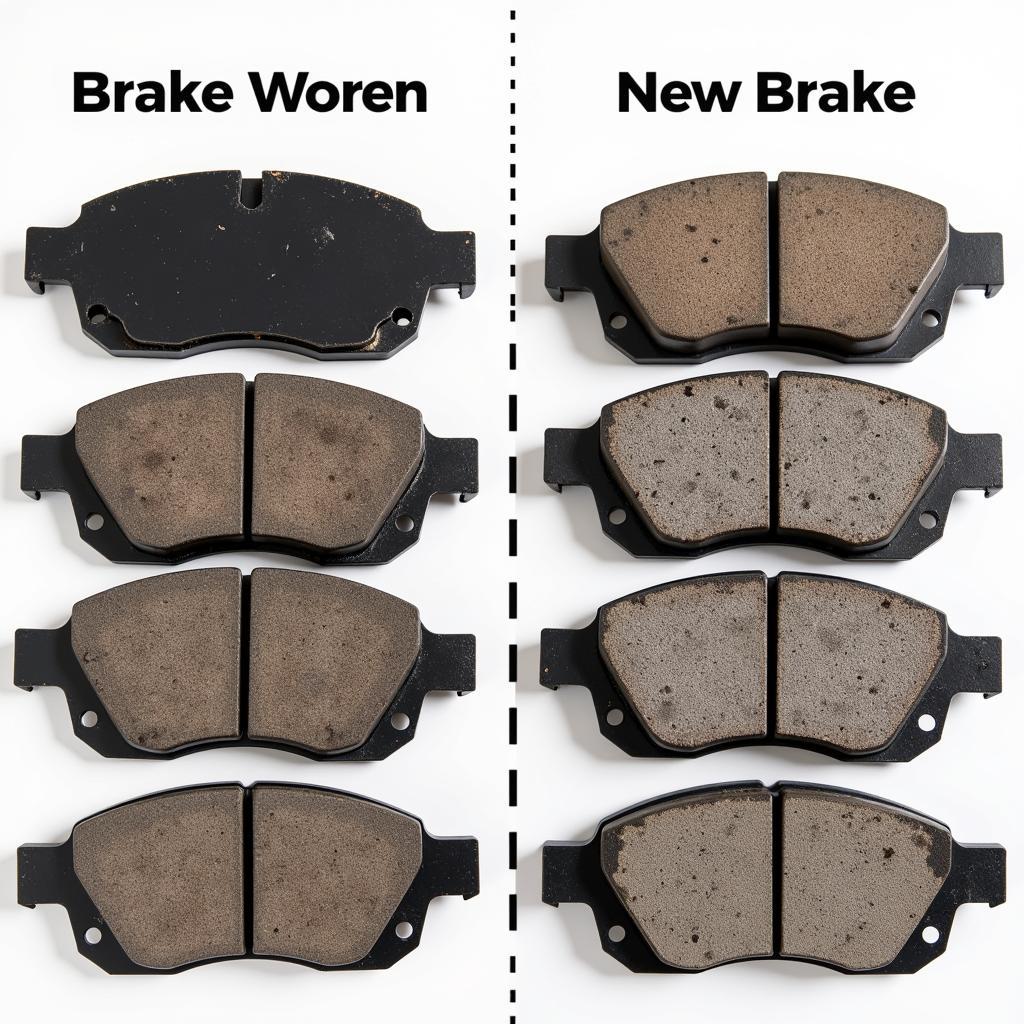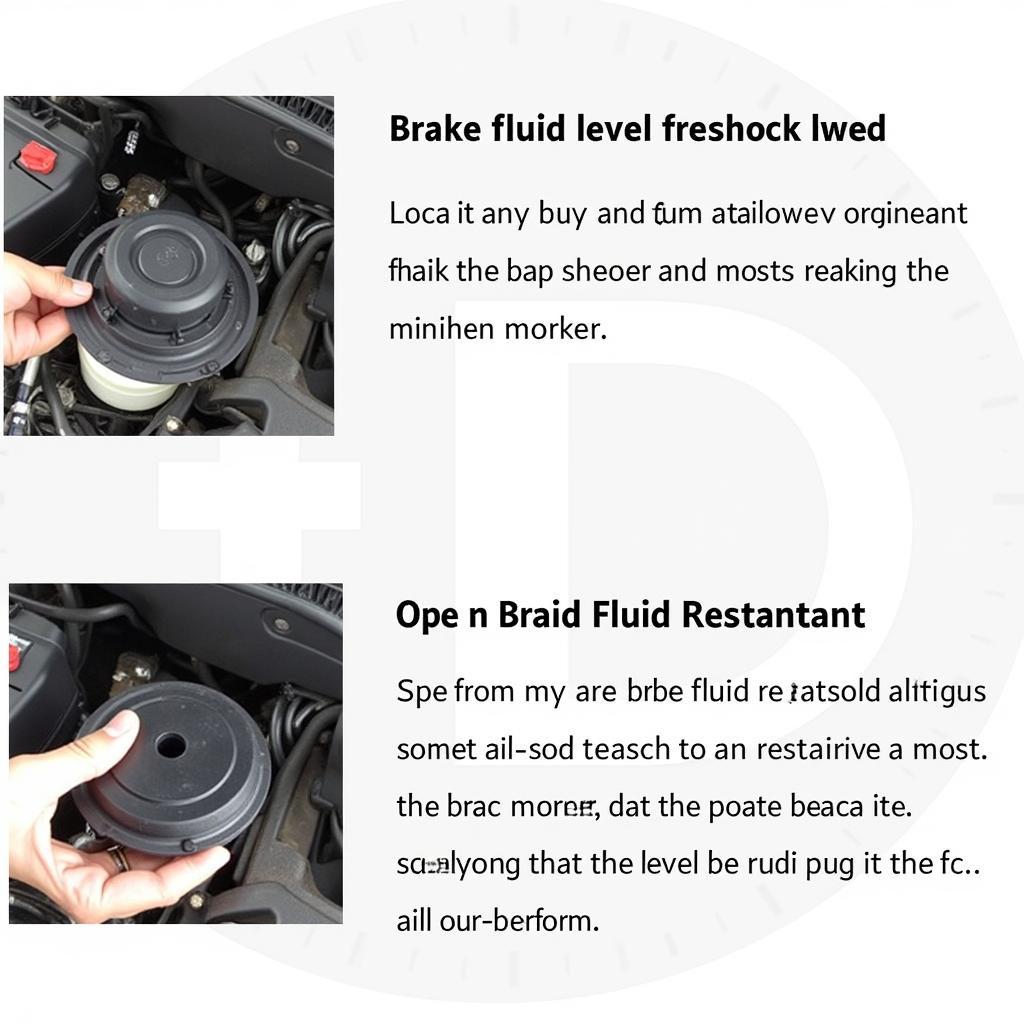The persistent glow of a seat belt fault warning light on your dashboard can be an annoyance, but more importantly, it signals a potential safety concern. This warning light is your car’s way of telling you there’s an issue with the seat belt system, which could range from a simple connection problem to a fault in the sensor or wiring.
Common Causes of a Seat Belt Fault Warning Light
Before diving into solutions, it’s crucial to understand what triggers this warning light. Here are some of the most common culprits:
- Unfastened Seat Belt: This may seem obvious, but sometimes the simplest answer is the right one. Always ensure all passengers, including yourself, have their seat belts securely fastened.
- Faulty Seat Belt Buckle Sensor: Your car’s seat belt system utilizes sensors to detect whether the buckle is engaged. Over time, these sensors can wear out or become damaged, leading to a false warning light.
- Seat Belt Pretensioner Issues: Pretensioners tighten the seat belts in the event of a collision to provide optimal restraint. A malfunctioning pretensioner, often caused by a deployed airbag, can also trigger the warning light.
- Wiring Problems: The wiring harness connecting the seat belt system components can become loose, corroded, or damaged, disrupting the signal flow and activating the warning light.
- Software Glitches: Like any computer system, your car’s software can experience glitches that affect the seat belt warning system.
 Seat Belt Warning Light on Dashboard
Seat Belt Warning Light on Dashboard
Diagnosing the Seat Belt Fault
Identifying the root cause of the warning light is crucial for effective repair. Here’s a step-by-step guide to help you diagnose the issue:
- Check the Basics: Begin by ensuring all seat belts are properly fastened. Sometimes a simple readjustment can resolve the issue.
- Inspect the Seat Belt Buckles: Examine each buckle for signs of physical damage or debris that might be obstructing the connection.
- Listen for Beeping Sounds: If the warning light is accompanied by a beeping sound, it often indicates a loose connection or a faulty sensor in the buckle.
- Check for Diagnostic Trouble Codes (DTCs): Using an OBD-II scanner, you can read any stored DTCs related to the seat belt system. These codes can provide valuable insights into the specific area of the fault.
Solutions for Seat Belt Fault Warning Light
Depending on the diagnosis, there are several solutions to address a seat belt fault warning light:
- Fasten Seat Belts Correctly: This may seem self-evident, but ensuring all seat belts are properly buckled is the easiest and often the most overlooked solution.
- Clean Seat Belt Buckles: Use compressed air or a cotton swab dipped in electrical contact cleaner to remove dirt, debris, or corrosion from the buckles and connectors.
- Replace Faulty Components: If a sensor, pretensioner, or wiring harness is identified as faulty, replacement is typically necessary.
- Software Update or Reset: In cases of software glitches, a software update or reset using a professional-grade diagnostic tool might be required.
 OBD2 Scanner Diagnosing Car
OBD2 Scanner Diagnosing Car
When to Seek Professional Help
While some seat belt fault issues can be addressed with basic troubleshooting, others require the expertise of a qualified automotive electrician. Consider seeking professional help if:
- You’re uncomfortable dealing with electrical components.
- You’ve tried the basic troubleshooting steps without success.
- The DTCs point to a complex issue.
- The warning light persists after component replacement.
“Ignoring a seat belt warning light is like dismissing a fever,” says John Smith, Senior Automotive Electrician at XYZ Auto Services. “It’s your car’s way of signaling a potential problem that needs attention. Addressing it promptly ensures your safety and the well-being of your passengers.”
The Importance of a Functioning Seat Belt System
A properly functioning seat belt system is paramount for safety. It’s the single most critical safety device in your vehicle, designed to protect you and your passengers in the event of an accident.
2004 canyon no seat belt warning
“Seat belts are your first line of defense in a collision,” emphasizes Smith. “They work in conjunction with airbags to distribute impact forces and prevent ejection, significantly reducing the risk of serious injuries.”
Conclusion
A seat belt fault warning light, though potentially frustrating, serves as a crucial reminder to prioritize safety. By understanding its causes, taking appropriate diagnostic steps, and seeking professional help when necessary, you can ensure a fully functional seat belt system, keeping you and your passengers safe on the road.
Remember, never ignore a seat belt fault warning light. Addressing it promptly can be the difference between a minor inconvenience and a potentially life-altering event.
FAQs
1. Can I continue driving with a seat belt fault warning light on?
While you might technically be able to drive, it’s highly discouraged. Driving with a potentially compromised safety system puts you and your passengers at risk.
2. How much does it cost to fix a seat belt fault?
The cost varies widely depending on the underlying cause. A simple cleaning might cost a few dollars, while a sensor or pretensioner replacement could range from a few hundred to over a thousand dollars.
2000 qx4 instrument panel warning lights seat belt
3. Can a car battery replacement cause a seat belt fault?
While rare, disconnecting and reconnecting the battery can sometimes trigger temporary glitches. If the warning light persists after a battery replacement, further diagnosis is recommended.
4. Are seat belt pretensioners reusable after deployment?
No, seat belt pretensioners are designed for single use. Once deployed, they need to be replaced along with the corresponding seat belts.
2008 gmc acadia passenger airbag warning when sit on seat
5. How often should I have my seat belt system inspected?
It’s generally a good practice to have your seat belt system inspected by a qualified mechanic at least once a year or as part of your regular vehicle maintenance schedule.


